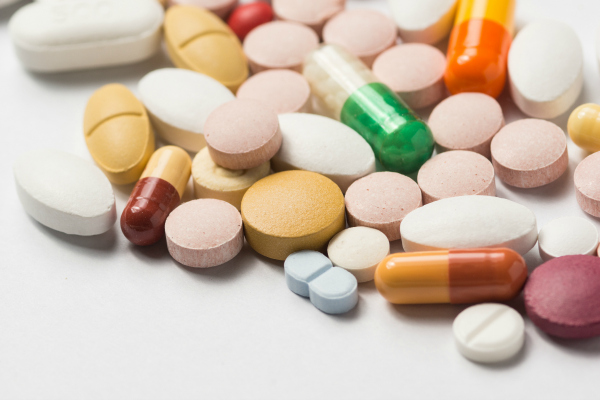
Erectile dysfunction (ED) is a man’s inability to achieve or maintain an erection suitable for satisfactory sex.
To understand ED, it’s important to understand how erections occur. When a man is sexually aroused, nerves and chemicals work together to relax smooth muscle tissue and widen arteries so that the penis can fill with blood. Veins constrict to keep the blood inside the penis, forming the erection. Once the man ejaculates, the blood is released back into the body.
ED becomes more common as men get older. It’s also associated with some medical conditions, like heart disease and diabetes. In fact, an estimated 50% of diabetic men have some degree of ED.

ED can happen for many reasons, both physical and psychological.
- Poor blood flow to the penis. This is one of the most common causes of ED and can be the result of diabetes, heart disease, high cholesterol, and high blood pressure.
- Nerve damage. When a man is sexually aroused, his brain sends messages to his penis to start the erection process. But if there is nerve damage, these messages cannot be transmitted properly. Thus, conditions that affect the nervous system – like diabetes, spinal cord injury, multiple sclerosis, and stroke – can lead to ED. Erectile nerves can also be damaged during cancer treatments, like radiation therapy or radical prostatectomy (removal of the prostate gland).
- Hormonal issues. Men with low testosterone or thyroid disorders may have trouble with erections.
- Medication side effects. ED is a side effect of some medications, such as those prescribed for high blood pressure, heart disease, peptic ulcers, insomnia, and depression. Not all medications in these categories have sexual side effects, however. For example, some antidepressants do, but other antidepressants do not.
- Peyronie’s disease. Peyronie’s disease is a wound healing disorder marked by a distinct curvature of the penis. Many men with Peyronie’s disease develop ED, although experts aren’t sure exactly why.
- Psychological and emotional issues. Fighting with a partner, anxiety, depression, stress, past sexual abuse, and concerns about sexual performance can all affect one’s sexual well-being. In these cases, sessions with a sex therapist or counselor may help.


Men with ED have several treatment options:
- Psycho-sexual treatments. These approaches may reduce both the man’s and his partner’s anxiety, enhance arousal, and offer pleasurable options, which may reduce the man’s stress. These interventions can be performed separately or parallel to medical treatments.
- Oral medications. Phosphodiesterase type 5 (PDE5) inhibitors like avanafil (Stendra), sildenafil (Viagra), generic sildenafil, tadalafil (Cialis), and vardenafil (Levitra) help increase blood flow to the penis. These drugs are usually the first method patients try, but they should not be used by men who take nitrates. Patients with slow drug absorption (e.g., Parkinsonian patients) may need to wait 2-3 hours for an erection to develop after taking PDE5 inhibitors.
- Penile injections. Men can learn to inject medication into the penis. This medication helps blood vessels dilate, allowing more blood for erection.
- Urethral suppositories. These medications are inserted into the urethra at the tip of the penis.
- Vacuum erection devices. The man places his penis into a vacuum cylinder and pumps air out. He then places a constriction ring at the base of the penis, which keeps the erection.
- Penile implants. Implants (sometimes called penile prostheses) are surgically placed inside the penis and allow a man to get an erection when he wishes. Nowadays, most penile implants are inflatable devices controlled with a pump.

Men who are having trouble with erections are encouraged to see a doctor. It’s not unusual for ED to have a combination of causes. It can also be a sign of a more serious medical condition like diabetes or heart disease, so it’s important to have a complete checkup.



